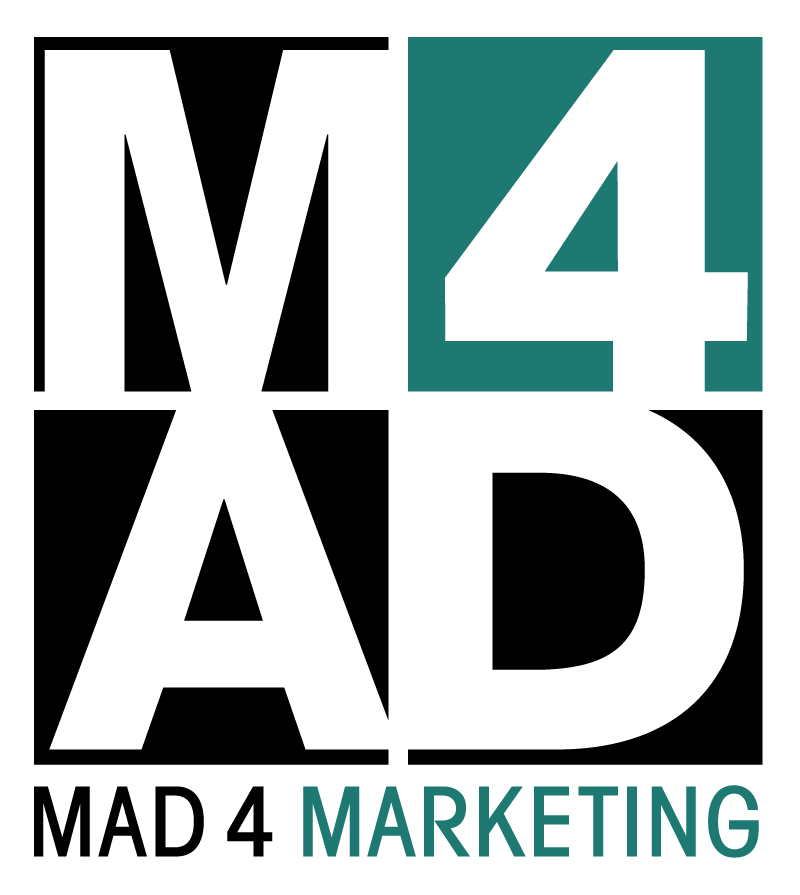 Have you ever wondered what kinds of headlines help Web content go viral? Of course you have.
Have you ever wondered what kinds of headlines help Web content go viral? Of course you have.
Everyone wants to take their ideas — whether it’s an article, video, listicle or even a simple social media post — and get them out there in the world. That doesn’t just go for marketers! Everyone loves to share content that their friends, family and followers will also enjoy.
Well Ripenn actually collected and dissected headlines from four of the top viral media websites to seek patterns in the wording that tends to catch clickers’ attention. These are the heavy-hitters that were studied: BuzzFeed, UpWorthy, Wimp and ViralNova. Sound familiar? You probably come across their content all the time without even thinking about it. After all, each of these sites sees about 4 million unique visitors every month.
And here’s a little insight about why, by looking at key words commonly used in headlines:
- “This” — Readers are guided by this pointed expression (especially “this is”) because it tells them where you’re going to take them and feels urgent.
- “You” — People tend to gravitate toward content that seems geared toward them and their interests. They feel like you’re already talking directly to them.
- “Where/When/Why” — Headlines in the form of a question are useful for SEO purposes, since users tend to type in their searches in this format. They also react well to the question format because it piques their curiosity, and they feel like they want to know the answer.
- “How To” — Guidelines and instruction manuals are very popular, especially when they’re in a brief and easy-to-read list, and especially with a video or several pictures to illustrate the steps.
- “The Most” — Although superlatives can seem like a cheap gimmick to catch clickers’ attention, the truth is that it actually works. As long as your content can back up the claim you’re making, readers will continue to trust you. Another aspect is that readers love to challenge this kind of bold claim.
So what does this tell you about the typical Web user? Who is your audience? They’re certainly looking to be entertained, but also informed. They want their content up-front and also highly consumable in bite-sized portions. They want ease of delivery; they want to know what they’re getting into before they click on it.
Plus, you have to imagine that many casual Internet browsers are looking for something they’d want to share with their own friends. Everyone wants to be the person with the newest and most interesting links on Twitter and Facebook, right? You have to put that in their hands — starting with a catchy headline.

